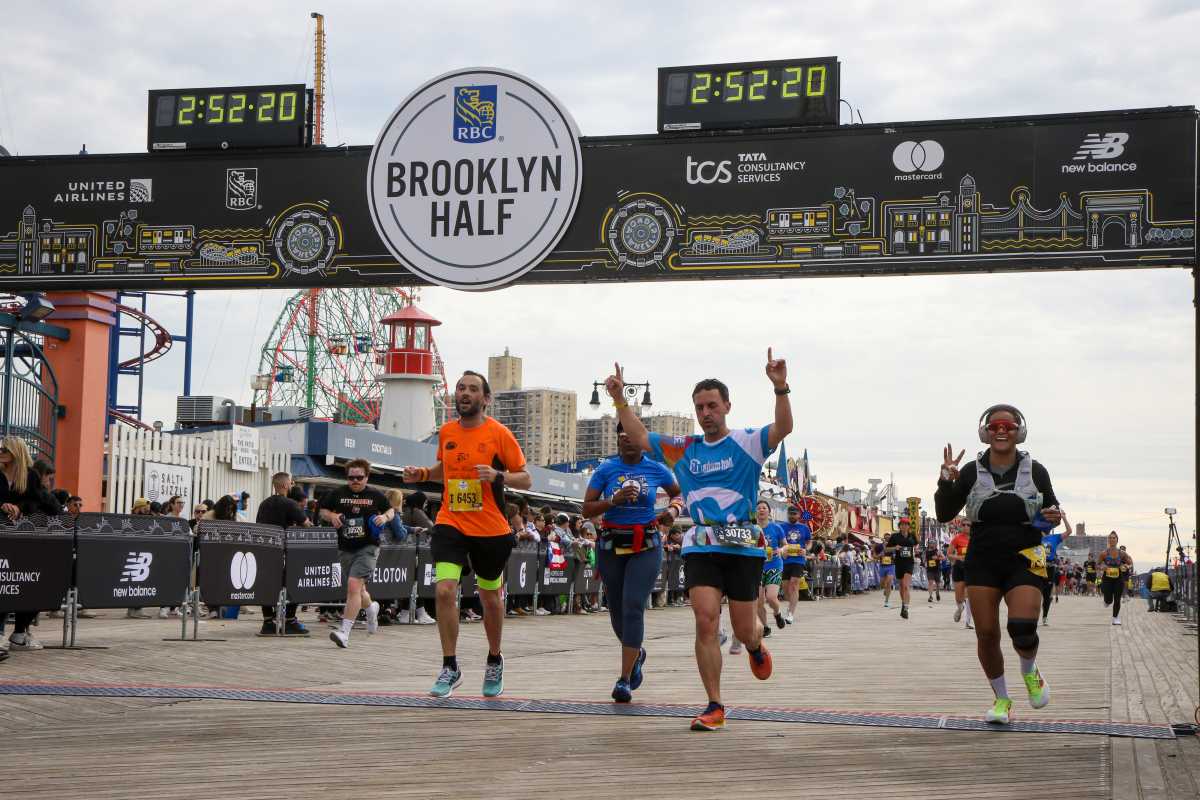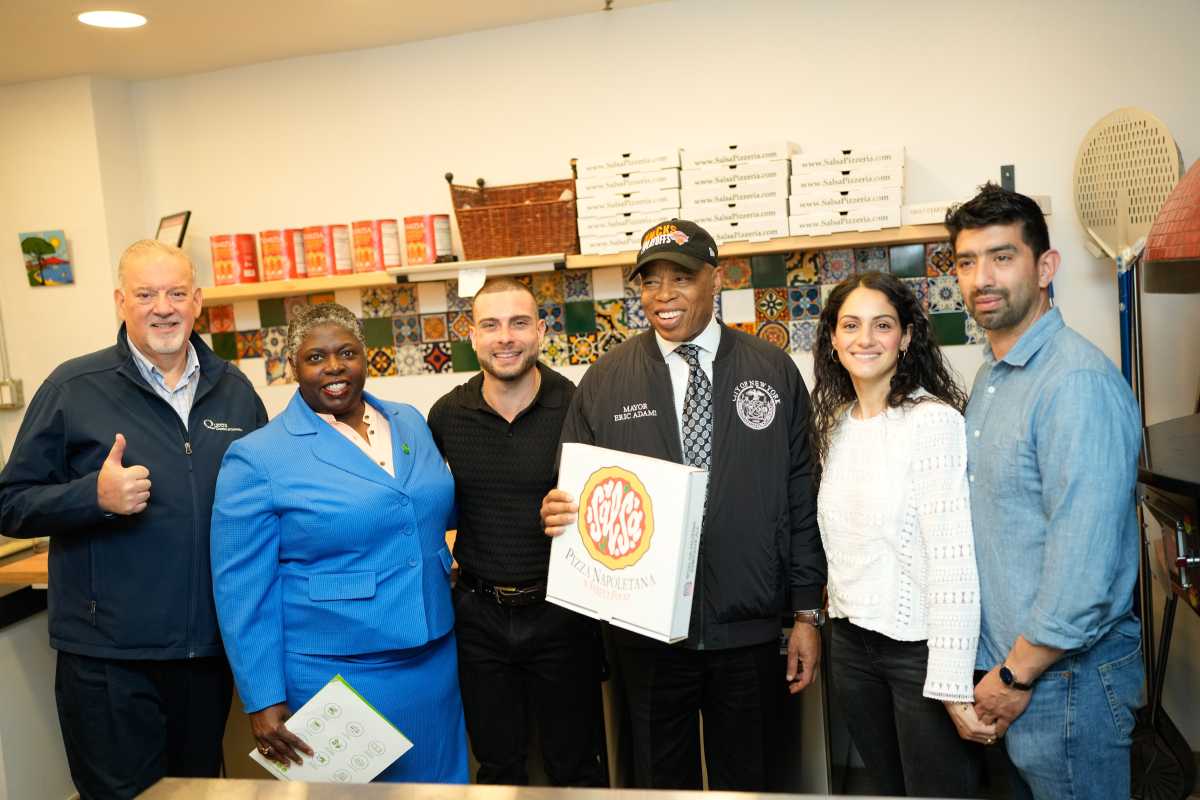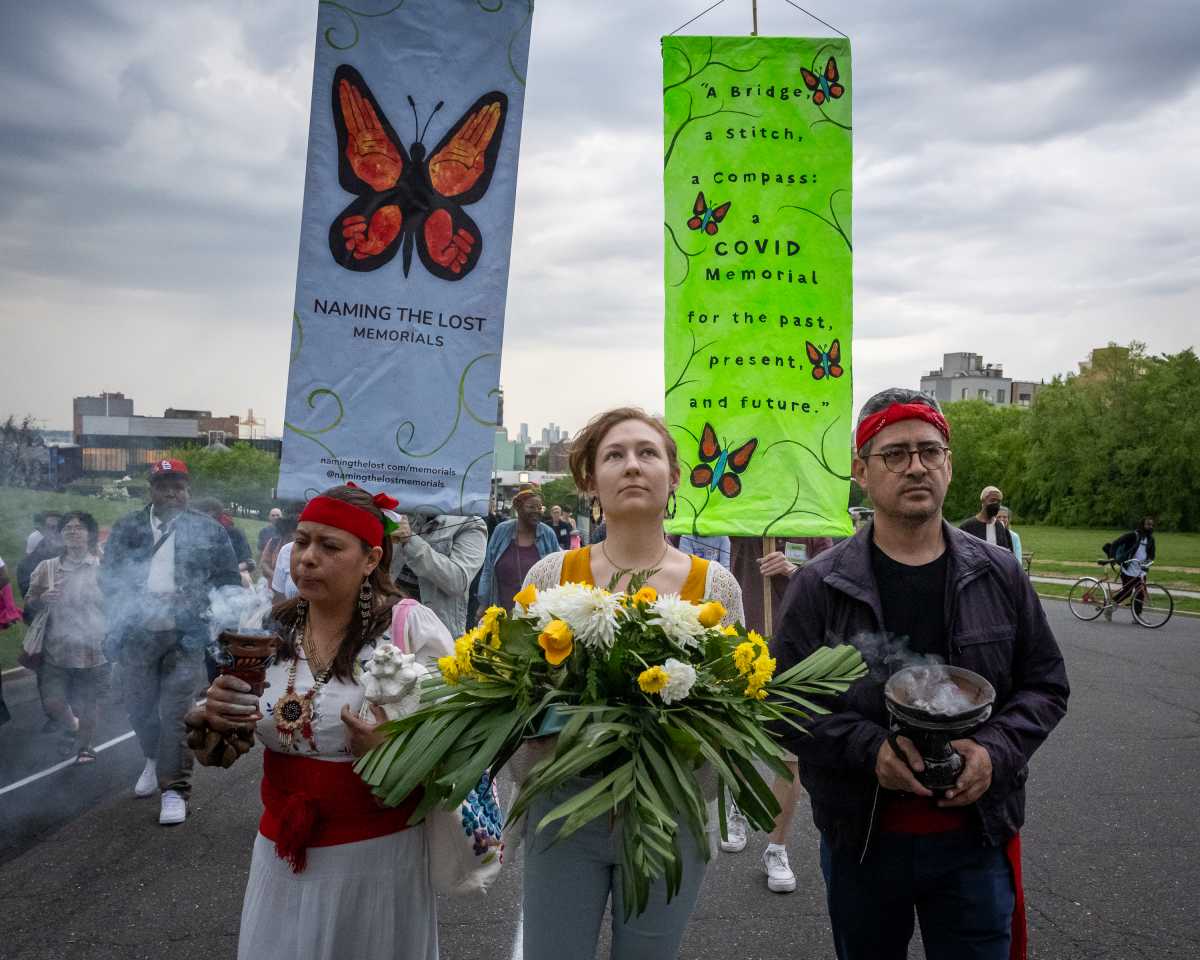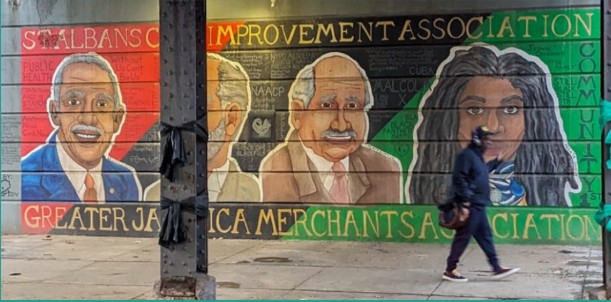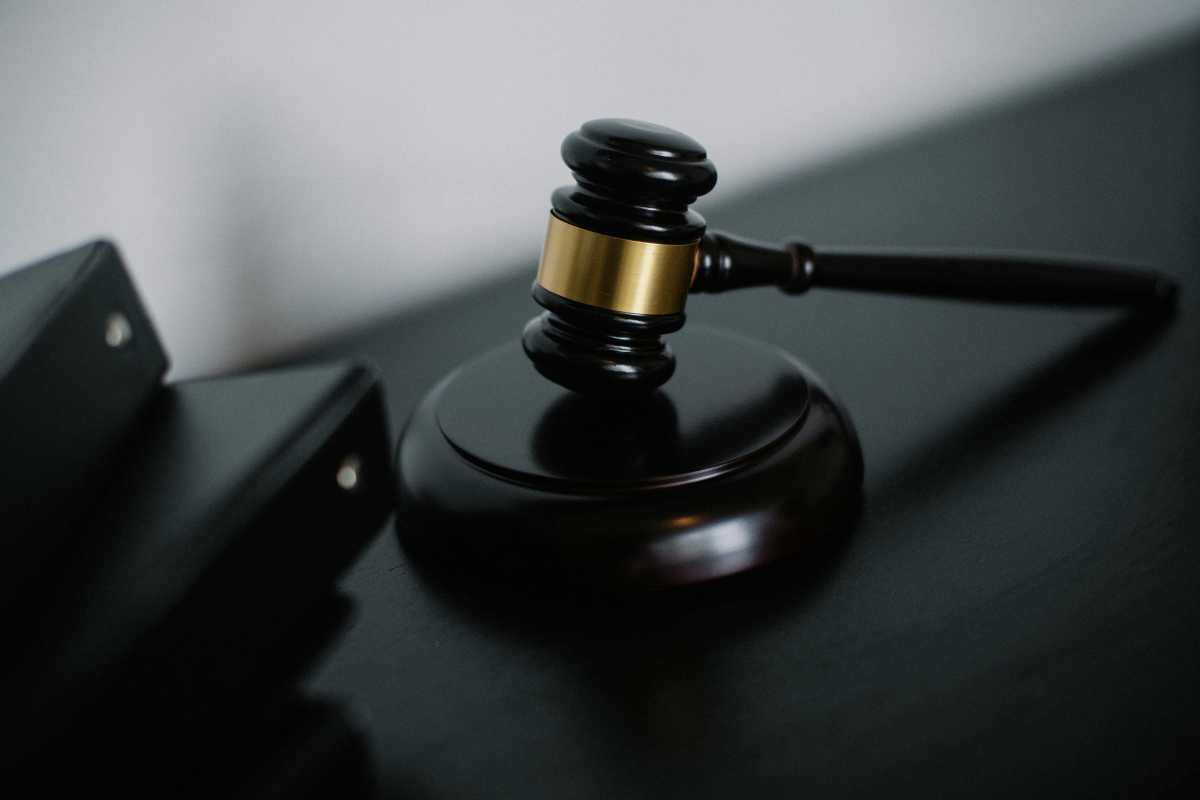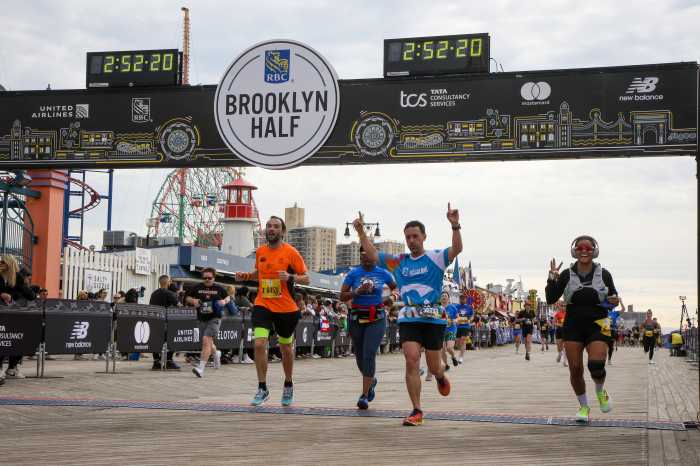In elections, sometimes it’s all about the rules.
Take, for instance, the recent papal election. During the last dozen years, Pope Francis appointed 163 cardinals, 108 of whom voted in the 133-vote conclave that chose Pope Leo XIV last week. Some might say that the pontiff was putting his thumb on the scale, but, after all, what incumbent does not wish to shape an electorate empowered to succeed them? Moreover, although the Apostolic Constitution provided in 1975 that a conclave could not exceed 120 voters, that number has been raised several times, as recently as during Pope Francis’ tenure. Since 1970, a cardinal who was 80 years old on the day a pope died could not vote in a conclave for a successor. These elders, of course, were permitted to share their views during the voting – a kind of ex officio kibbitzer if you will.
One last point on this: papal elections require a two-thirds vote: Only then do we see white smoke. So whatever drama may unfold in the secretive conclave, a new pope must have the not-so-easy-to-get support of a supermajority.
As a contrast, as in most elections in the United States, a winning candidate needs only one more vote than their competitor – known as “first-past-the-post.” A candidate can therefore win with a plurality of 33% or even 25%, depending upon how many candidates are running. This makes little or no sense, but the process seems to have been embedded in our culture.
Slowly but surely, however, a new procedure is taking hold that requires a winning candidate to have the support of a majority of the electorate. In New York City, as well as in the states of Maine and Alaska, and cities in California, Utah, Hawaii and Illinois, are electing public officials through ranked choice voting.
Proposed for New York City in 2019 and approved in a voter referendum, ranked choice voting in our municipal elections requires a candidate to get 50%-plus-one to win. And with ranked choice voting, there is only one election, without the inconvenience or expense of a run-off. Voters rank their preferences among the candidates vying for an office, and if no one clears a majority as votes are tabulated, the less successful candidates are eliminated and the voters who chose them first have their second preferences allotted to those candidates. This goes on until one candidate has a majority.
As it turned out, in the 2021 elections the leading candidates at the beginning of the process all ultimately got a majority of the votes, except in two races. In those, the number two candidate in the first round (now City Council members Shekar Krishnan and Kristin Richardson Jordan) went on to beat the originally leading candidate after several rounds of distributed votes. Were it not for ranked choice voting, candidates with less than a majority would have been elected.
Ranked choice voting is becoming so popular that the Academy of Motion Picture Arts and Sciences (the folks who run the Oscars) also uses this in its Best Picture category. But they have recently added a twist. Voters for Best Picture will now be required to watch every one of the ten nominated films before casting their ballot. This might reduce the number of eligible voters – if this new requirement can even be enforced – but at least they will be better informed voters! Such a requirement is akin to New York City making voters prove they read the Campaign Finance Board’s Voter Guide that profiles all the candidates. A good idea, perhaps, but not very practical.
Speaking of New York City, there is also an effort to improve the city’s ranked choice elections. Last month, the city’s Charter Revision Commission preliminarily issued a proposal to allow all registered voters to cast ballots in our primaries (a procedure sometimes known as “open primaries”) and have the top two (or, perhaps, four) vote-getters move on to the general election. Many other jurisdictions have variations of this, including California, Washington DC, and Alaska. The commission believes, I think rightly, that this rule change would increase turnout so that the candidates who received a majority weren’t just representing a sliver of the electorate. After all, turnout in New York elections is generally dismal. According to the charter commission, the last nine mayoral elections saw a precipitous decline from the not-so-impressive 60% in 1989 to a pitiful 23% in 2021. Open primaries with ranked choice voting with the top contenders appearing on the general election ballot is very likely to reverse that trend.
Equally important is the view that, like the experience in other jurisdictions, open primaries would produce public officials who are more representative of — and more responsive to — the full electorate.
If the commission decides to recommend this, the proposal, like all electoral changes in the city, would be put to the voters in a referendum.
One other change that the commission is considering: Scheduling New York City elections at the same time as our state legislative and congressional elections. This would require Albany to act, but the state has already adopted this for certain county elections and there is no reason why an all-elections-on-one-day rule cannot be enacted. The commission believes, and here again I think rightly, that this would increase voter turnout. Of course, it would also save taxpayer money to eliminate an extra, off-year election.
So the charter commission is on the right track, and it remains to be seen whether these rule changes will be implemented. It could very well make a very positive difference.
And, of course, we eagerly await to see how the Academy Awards Best Picture vote turns out next year!
Jerry Goldfeder is senior counsel at Cozen O’Connor, and director of the Fordham Law School Voting Rights Project. The all-new 7th Edition of Goldfeder’s Modern Election Law, New York’s treatise on the subject, is now available at www.nylp.com














